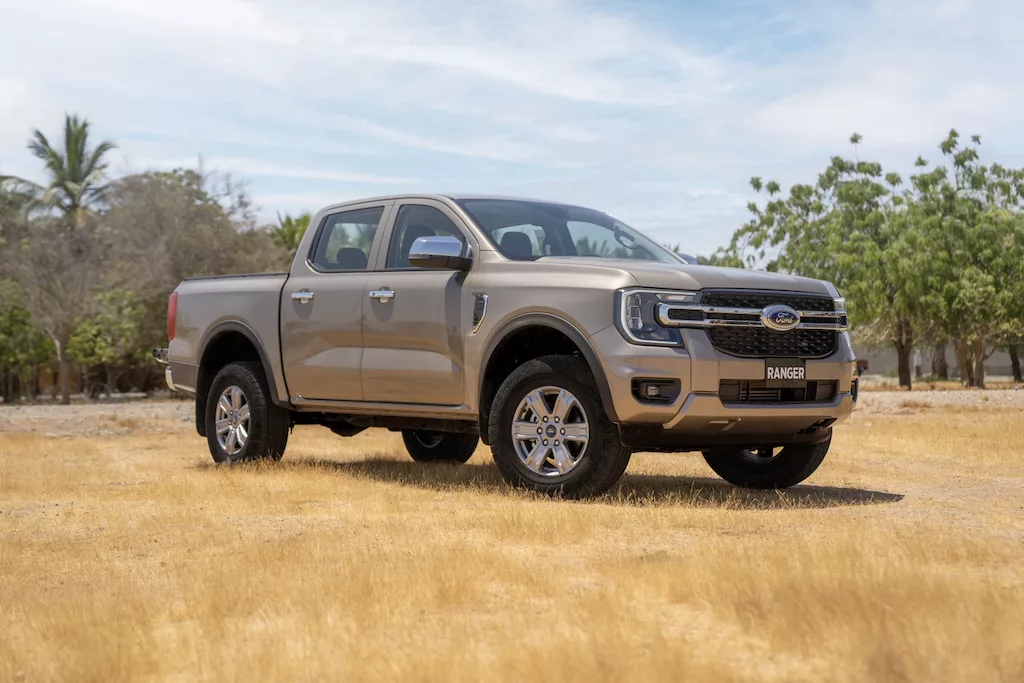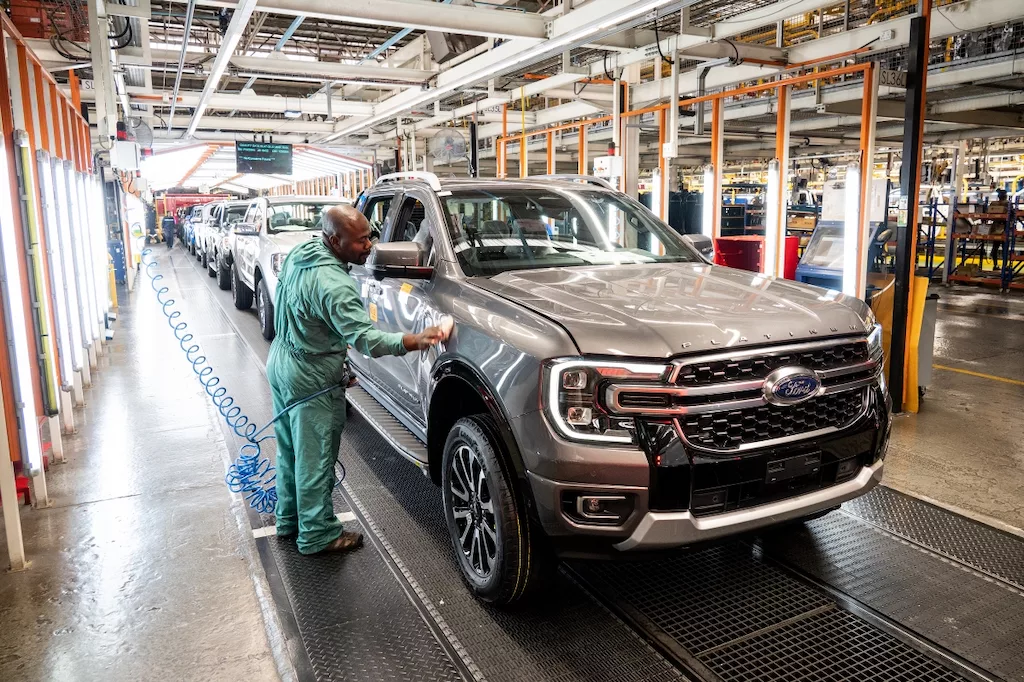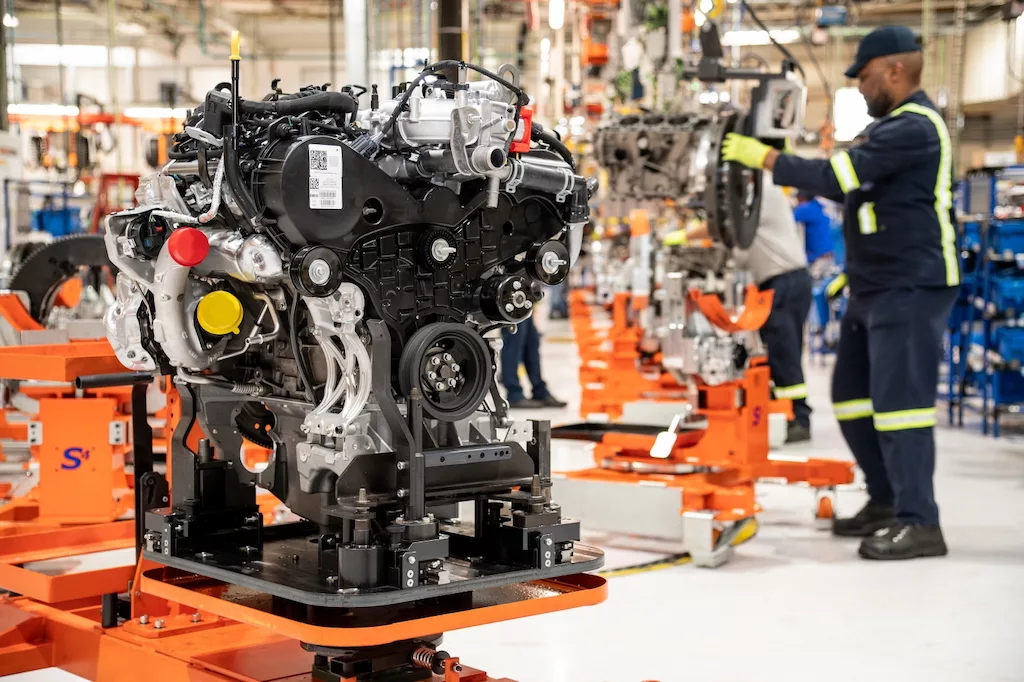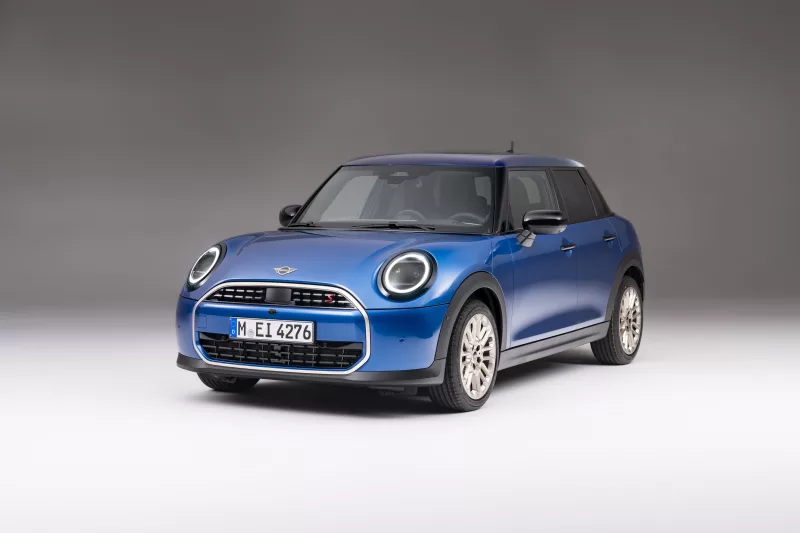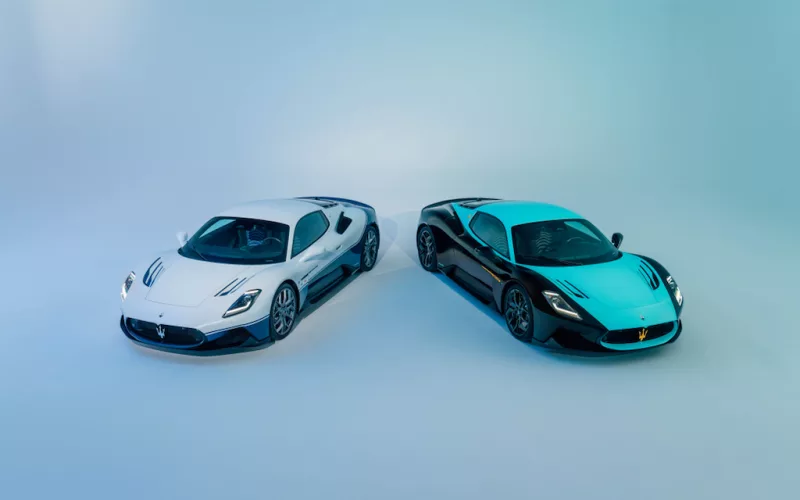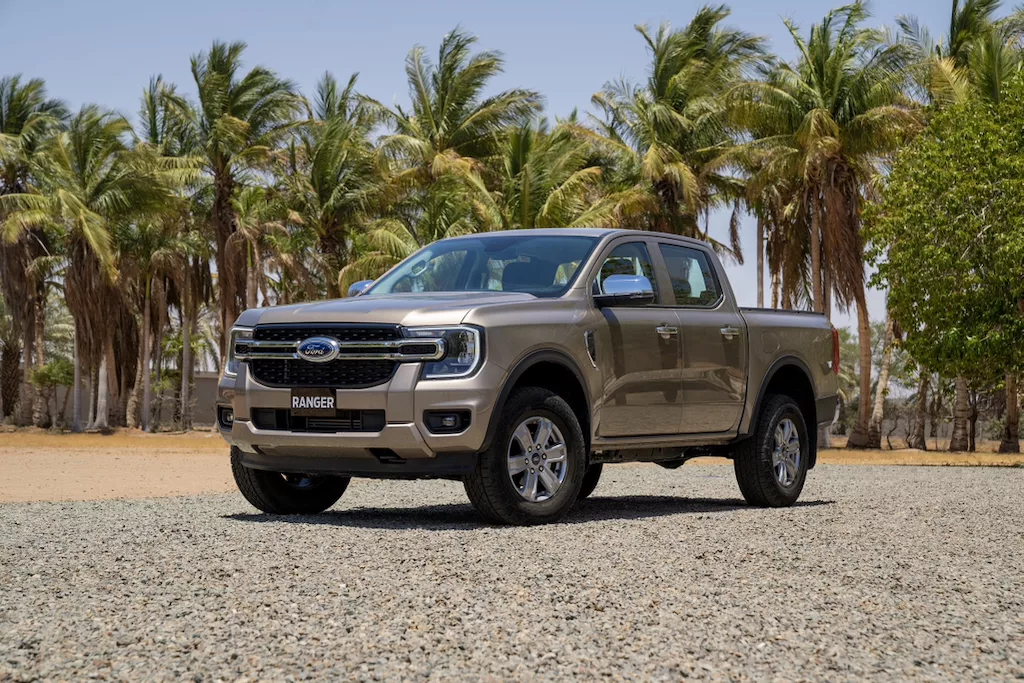
Building the Middle East’s Ford Ranger: Exclusive Behind-the-Scenes Video at the Silverton Manufacturing Plant
Ford’s Silverton Manufacturing Plant, based in Pretoria, South Africa, is one of five manufacturing hubs of the Ranger pickup around the world. The Ranger nameplate has quickly become one of the leading contenders in its segment and established a solid foundation for the current Ranger to build on its reputation for quality, reliability and durability.
This unique video offers viewers an exclusive behind-the-scenes look into the production of the new Ford Ranger at the Silverton plant, which recently celebrated the production of its millionth Ranger. The video highlights the cutting-edge technologies and a meticulous focus on quality employed in the manufacturing process, providing a detailed look at how this popular pickup, which has seen substantial growth across the Middle East, is brought to life.
“Over the past couple of years, the Ford Ranger has really come into its own as a key product line across the Middle East,” said Chris Powell, Brand Manager, Icons + Trucks at Ford Middle East. “Across the region, we saw a 19% uptick in Ranger sales between February and March. Saudi Arabia played a substantial role in this success, registering a remarkable 46% growth over this period – a reflection of the excellent work being done by our distributor partners, Al Jazirah Vehicles Agencies and Mohamed Yousuf Naghi Motors, complemented by rising consumer demand for a versatile vehicle equipped to handle work, life, and play.”
Production of the new Ranger has evolved and expanded to meet global demand. In 2022 the plant received a major investment in operations and supplier tooling, enabling a record installed capacity for producing up to 200,000 vehicles per year and, based on three-shift 24-hour production, the plant is capable of producing up to 720 vehicles per day – one vehicle every two minutes.
The investment also included construction of Ford’s first on-site Stamping Plant, a new highly automated Body Shop, and the introduction of the latest vehicle assembly operations on the Trim, Chassis and Final line.
A 10,320-m2 Stamping Plant feeds stamped body panels directly to the adjacent 44,000-m2 Body Shop, which houses approximately 493 robots.
In addition, the vast 100,000m2 Chassis Plant in the Tshwane Automotive Special Economic Zone (TASEZ) supplier park, located next door to Silverton, produces the sturdy ladder-frame chassis for the Ranger, with the seamless sequencing of parts directly to the assembly line. It is the only Ford-owned and operated Chassis Plant in the world.
The Silverton Manufacturing Plant also hosts an advanced Paint Shop, which features a completely automated painting process involving 62 robots. It also has a computerized Paint Defect Detection System that uses 21 high-resolution cameras that capture more than 3,000 pictures in 15 seconds of every vehicle coming off the line. Any paint issues are addressed on two manicure lines, ensuring the highest quality before the vehicle moves to the assembly line.
Along with highly detailed quality inspections in each manufacturing line, plus off-line 3D scanning of parts produced, one of the new technologies deployed to replace in-person inspection at Silverton is the DeGould Auto Scan system, which captures HD full-body images of every vehicle that passes through the plant’s Shipping Tunnel to detect misbuilds, damage or defects smaller than can be consistently found by the naked eye.
The image capture of the entire Ranger is completed in just 6 seconds, with any defects or damage detected and highlighted so that it is addressed before the vehicle is signed off and shipped to more than 100 markets around the world, including the Middle East.
Interesting facts on how each Ford Ranger is built:
- There are almost 600 robots employed on the chassis line to help maintain production volumes with each chassis taking around three hours to build.
- There are around 3,000-4,000 spot welds in the body of every single Ranger, and corrosion protection is provided by dipping the body in 12 chemical baths prior to painting.
- Every Ranger is covered with approximately eight liters of Ford’s innovative 3-Wet High Solids Paint system.
- The 3-Wet paint process ensures the durability and chip-resistance appearance customers expect while helping to reduce CO2 and VOC emissions. This is achieved through savings made from reductions in the size of paint booths, decreasing numbers of paint purging, and ovens required to cure the paint.
- Each Ranger, after painting, passes through a state-of-the-art paint scanner. This electronic eye can detect coating defects as small as 0.2 mm2 – smaller than a needle point.
- There are more than 2,700 parts in a Ford Ranger. Each vehicle undergoes nearly 1,000 quality confirmation checks before it’s allowed to be sent to a dealership.
- A high-pressure Water Test sees every Ranger sprayed with water for 20 minutes, in a controlled pressure test, to replicate the worst rainstorm imaginable. The vehicle is then thoroughly inspected for any signs of water ingress.
- Once the final quality confirmation checks have been completed inside the factory, each Ford Ranger is tested on the Squeak and Rattle Track, High Speed Track and Rough Road Track, and each vehicle must complete one full pass to be approved for release.
- One example of every single Ranger variant is removed from the line at random, every single day, and a selection of lasers and cameras are used to check wheel alignment and headlights, while a quick lap of the Steering Alignment Test Track verifies that the steering wheel is on straight and the vehicle tracks straight as an arrow.
